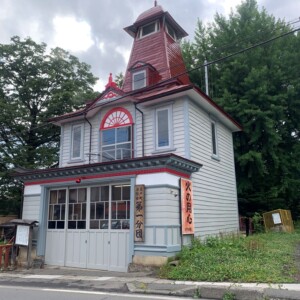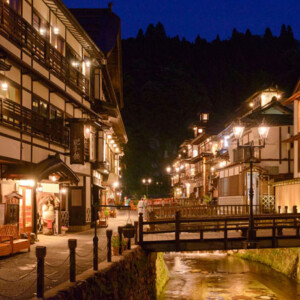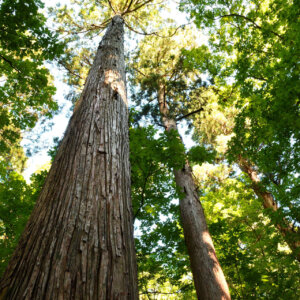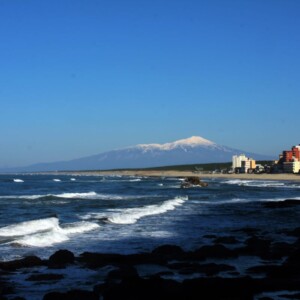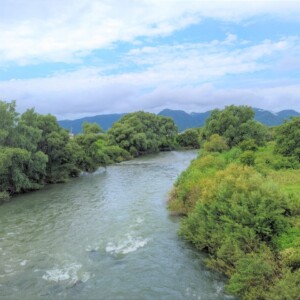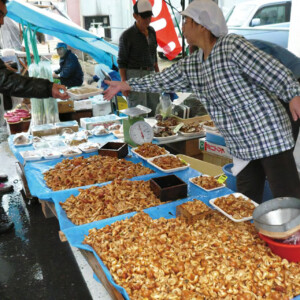
[Fukushima Prefecture during the Boshin War] What were the decisions of Aizu, Shirakawa, Tanagura, Nihonmatsu...and other domains?
table of contents
- 1 The Aizu clan, a spirit of loyalty that picks up chestnuts from the fire
- 2 Battle of Shirakawaguchi Battle of Komine Castle/Shirakawa Domain (Shogunate Tenryo)
- 3 The Tanagura clan fought a brave battle despite being outnumbered.
- 4 Tragic siege battle/Nihonmatsu Domain
- 5 Sufferings of small clans loyal to the king: Miharu and Moriyama clans
- 6 Hamadori is from the Battle of Iwaki: Izumi clan, Yunagatani clan, Iwakidaira clan, Soma Nakamura clan
- 7 The Fukushima domain, a small domain at the mercy of the large domain, and the poor domain
- 8 summary
- 9 “Boshin War and Ou-etsu Domain Alliance” Articles from other prefectures
During the Boshin War, many tragic stories are told about the Aizu clan, which was considered an enemy of the Imperial Court.
However, in Fukushima Prefecture, other domains also formed an alliance to oppose the government army, and fierce battles took place in various locations such as Nihonmatsu, Shirakawaguchi, and Hamadori.
The Aizu clan, a spirit of loyalty that picks up chestnuts from the fire
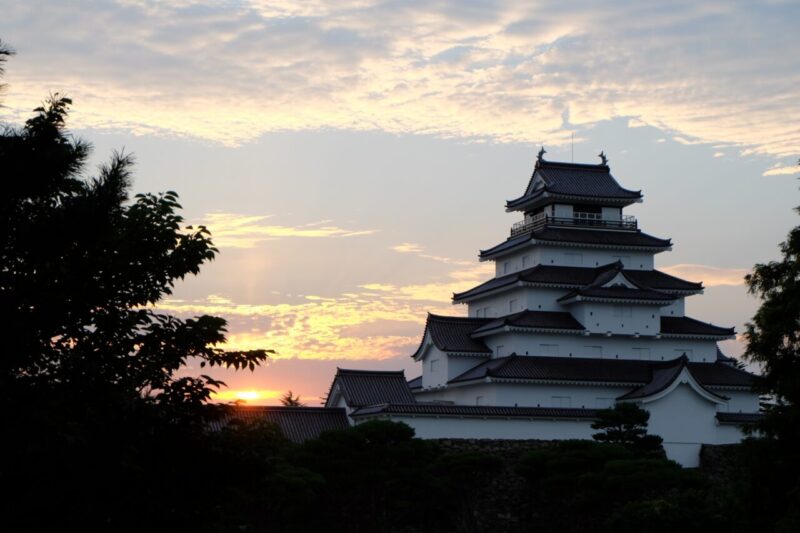
Masayuki Hoshina, the first lord of the Aizu domain, was the half-brother of Iemitsu, the third Tokugawa shogun, and he often helped his brother and was a highly trusted figure in the shogunate.
As the Tokugawa family, it was considered to be the ``parent domain/gokemon'', and during the time of the third generation, Masakata, the name was changed to Matsudaira.
15 Aizu Family Precepts
The 15 family precepts left behind by the first generation, Masayuki, pledged absolute loyalty to the Tokugawa shogun family, and were listened to by all the vassals in the castle three times a year, and were the absolute family precepts of the Aizu domain.
From this family precept, which is called a model for samurai, the Aizu clan became involved in the center of the Boshin War.
The road to the Aizu War
Katamori, the 9th lord of the domain, was a wise and distinguished prince who worked hard to reform the domain's administration.
In 1862, his loyalty to the shogunate of the Aizu clan was recognized, and he was appointed Kyoto guardian.
Katamori went to Tokyo and used the Shinsengumi to maintain public order in Kyoto, but the crackdown on the Sonno-joi patriots and the conflict with the Choshu clan led to the Aizu War.
Even after Kyoto Shugoishi retired, he continued to influence the political situation along with Yoshinobu Tokugawa and his younger brother Sadataka Matsudaira, the lord of the Kuwana domain of Kyoto Shoshidai.
After going through the Kinmon Incident and the Choshu Conquest twice, he was deemed an enemy of the Imperial Court due to his defeat at the Battle of Toba and Fushimi, and returned to Aizu to confront the new government army, which had become a government army.
Tsuruga Castle falls and Byakkotai
In 1868, the government army breached the Bonari Pass, one of the entry points into the Aizu Basin, and invaded the grounds of Aizuwakamatsu Castle (Tsuruga Castle).
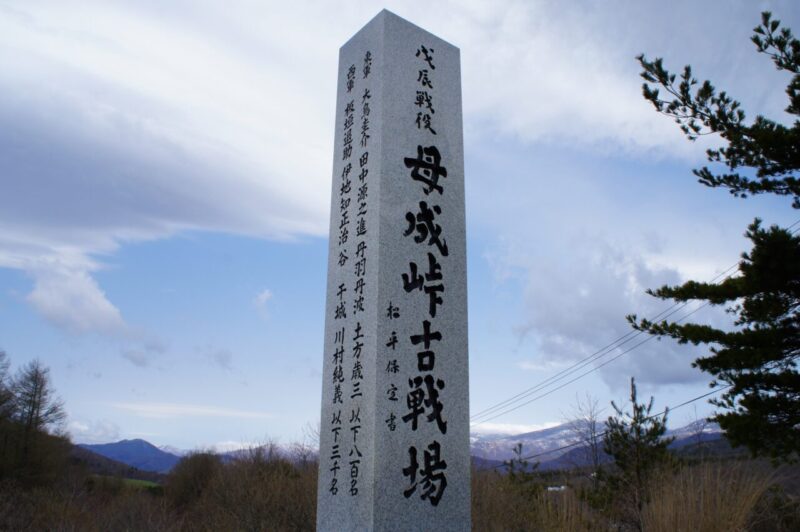
The Aizu clan, which had dispersed its main forces to other invasion points, also sent in a reserve force of boys (Byakkotai), but they were defeated.
Tsuruga Castle fell, and tragedies such as the suicide of the Byakkotai and the suicide of the entire family of the chief retainer, Saigo Tanomo, occurred, and are still talked about to this day.
Aizuwakamatsu Castle Ruins<Information>
- Name: Aizuwakamatsu Castle Ruins (Tsuruga Castle Ruins)
- Address: 1-1 Otemachi, Aizuwakamatsu City, Fukushima Prefecture 965-0873
- URL: Tsuruga Castle official website
Google Map
Battle of Shirakawaguchi Battle of Komine Castle/Shirakawa Domain (Shogunate Tenryo)
The Shirakawa domain is famous for its "Kansei Reforms" led by Matsudaira Sadanobu, but with the fall of the Abe family, who later became feudal lords, the domain became a fief under the direct control of the shogunate, and during wars it was managed by the government army.
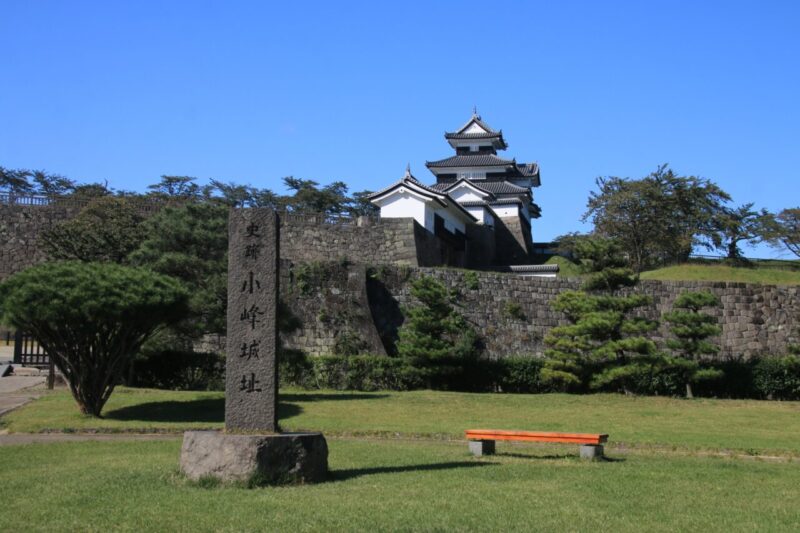
Yorimo Saigo, a chief retainer of the Aizu clan, led the former shogunate army and captured Shirakawa Komine Castle, but it was recaptured by the government army, and the former shogunate army continued to attack for three months, but was unable to recapture it.
Shirakawa Komine Castle Ruins<Information>
- Name: Shirakawa Komine Castle Ruins
- Address: Kakuuchi, Shirakawa City, Fukushima Prefecture 961-0074
- URL: Shirakawa City HP
Google Map
The Tanagura clan fought a brave battle despite being outnumbered.
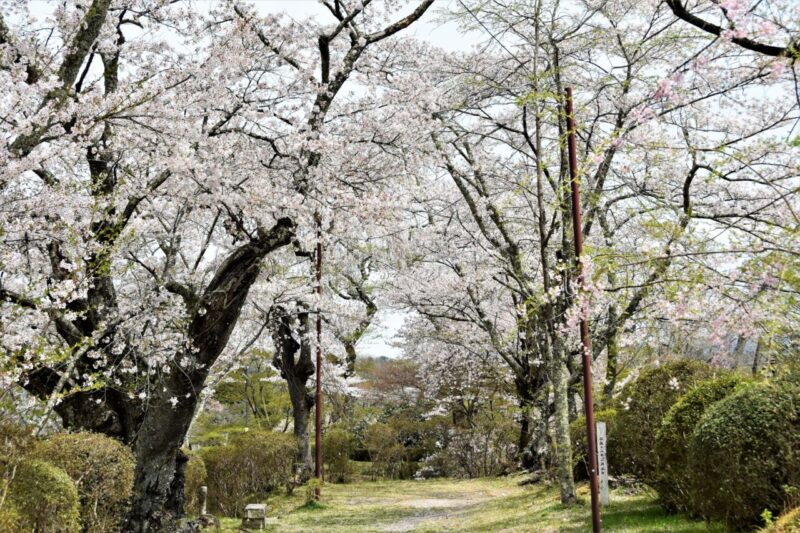
The Tanagura Domain, which is located at the same entrance to Oshu as the Shirakawa Domain, fought bravely at the Battle of Shirakawaguchi with the transferred feudal lord Abe Masakiyo from Shirakawa, but Tanagura Castle, which was poorly defended, was occupied by Itagaki of the government army. The castle was attacked by 800 men led by Taisuke Itagaki and fell.
Tanagura Castle Ruins<Information>
- Name: Tanagura Castle Ruins
- Address: Tanagura Castle Ruins, Tanagura Town, Higashi Shirakawa District, Fukushima Prefecture 963-6131
- URL: Tanagura Town official website
Google Map
Tragic siege battle/Nihonmatsu Domain
The Nihonmatsu domain was ruled by Niwa Nagakuni, a descendant of Oda Nobunaga's innkeeper Niwa Nagahide, and was an influential domain in Nakadori with a net worth of 100,000 koku.
While dispatching his main force to the Battle of Shirakawaguchi, he was attacked by the government army who captured Tanagura Castle and Hamadori, and while the surrounding clans surrendered, he fought alone, but Nihonmatsu Castle fell.
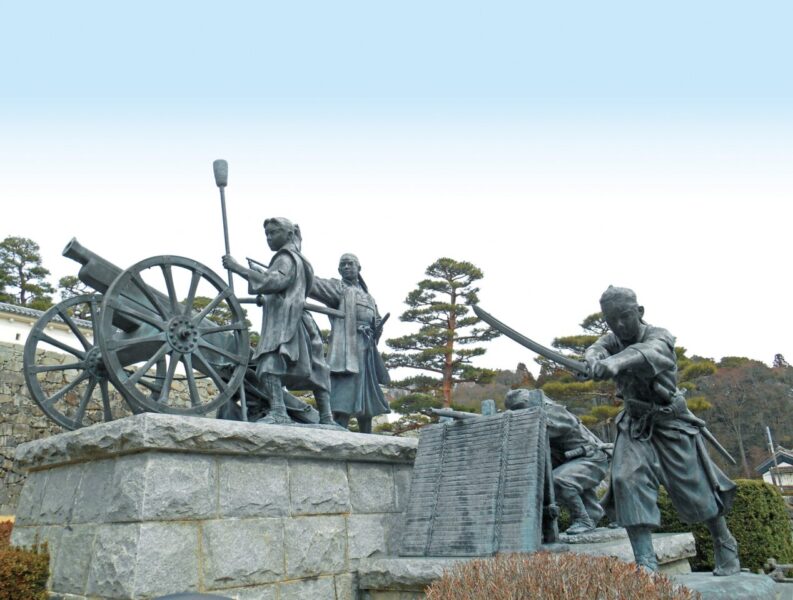
The fact that the Boys' Brigade that was mobilized at this time (there was no name at the time, but was later named) was almost completely wiped out has been handed down as a tragedy along with the Byakkotai.
Nihonmatsu Castle Ruins<Information>
- Name: Nihonmatsu Castle Ruins
- Address: 3-164-1 Kakuuchi, Nihonmatsu City, Fukushima Prefecture 964-0904
- URL: Nihonmatsu Castle official website
Google Map
Sufferings of small clans loyal to the king: Miharu and Moriyama clans
Among the families of the two clans who fought alongside the Nihonmatsu clan, the majority opinion before the war was ``Kinō'' and favored the government army, but they succumbed to pressure from large clans such as the Sendai clan and joined the alliance.
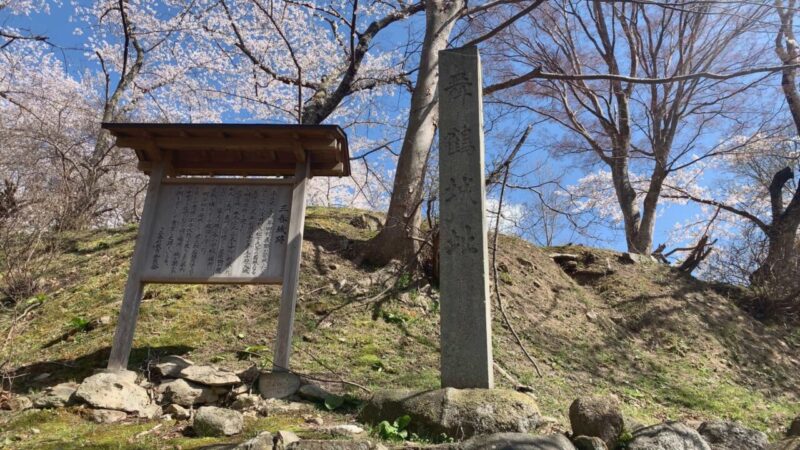
Decisions of two feudal domains that have divided opinions
It is said that both clans surrendered Nihonmatsu in a bloodless battle and abandoned Nihonmatsu, but in the local community, they are praised for their calm judgment in protecting their clans from the flames of war.
Google Map (Miharu Castle Ruins)
Google Map (Moriyama Castle Ruins)
Hamadori is from the Battle of Iwaki: Izumi clan, Yunagatani clan, Iwakidaira clan, Soma Nakamura clan
All of Hamadori was a small domain, and even the large Iwakidaira domain and Soma Nakamura domain each had around 60,000 koku.
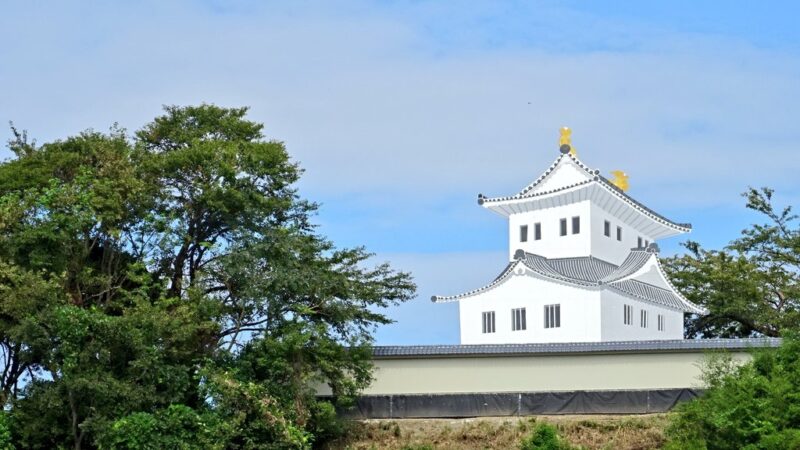
Ouuetsu clan alliance army continues to be inferior
Each domain, with the support of the Sendai domain, tried to prevent the invasion of Hiragata, Hitachi Province (Ibaraki Prefecture), but failed.
The government army captured Iwaki Heijo Castle and other Hamadori domains one after another, and with the surrender of the Soma Nakamura domain, they reached the border with the Sendai domain.
Google Map (Izumijinya Ruins)
Google Map (Yunagatani Castle Ruins)
Google Map (Iwaki Taira Castle main enclosure site)
Google Map (Soma Nakamura Castle Ruins)
The Fukushima domain, a small domain at the mercy of the large domain, and the poor domain
The two feudal domains located in Fukushima City and Date City near the Miyagi Prefectural border were both under pressure from the Sendai Domain.
Two small clans drawn into the war
The Fukushima domain joins the alliance after Shuzo Sera, a staff officer in the government army, is assassinated by a Sendai feudal retainer.
In addition, the Shittedo domain was attacked by the Sendai domain when it was revealed that the feudal lord Tachibana Taneyuki was moving to join the government army while the Kunimoto chief retainer signed an agreement to join the alliance.
Google Map (Fukushima Castle Ruins)
Google Map (Shimedo Jinya Ruins)
summary
In the Aizu domain, which could be said to be the main player in the Boshin War, there was an organization called ``Ji'' made up of the children of feudal samurai, and education was promoted based on the seven ``Ji no rules'' based on family precepts. The ``Law of Tif'', which is famous for its line ``What cannot be done, must not be done,'' is still used in education today, and is also cited in the ``Aizukko Declaration'' established by Aizuwakamatsu City. .







![[Fukushima Prefecture] What is the history of Tsuruga Castle, which was the setting for the tragedy of the end of the Edo period? Tsuruga Castle at night](https://jp.neft.asia/wp-content/uploads/2022/03/308216_m-150x150.jpg)

![[Miyagi Prefecture] Summer tradition: 4 spectacular sunflower fields in Miyagi 230016](https://jp.neft.asia/wp-content/uploads/2023/05/230016-150x150.jpg)
![[Nihonmatsu City, Fukushima Prefecture] Chrysanthemum dolls and Namie Yakisoba at Nihonmatsu Castle! Castle town Nihonmatsu is recommended for sightseeing in autumn! 11_DSC8568](https://jp.neft.asia/wp-content/uploads/2023/09/11_DSC8568-1-150x150.jpg)
![Is it the end of a tragedy or Masamune's conspiracy?... The life of Date Masamune's father, Terumune [Fukushima Prefecture] Date_Terumune](https://jp.neft.asia/wp-content/uploads/2024/12/Date_Terumune-150x150.jpg)
![Mother of 6 boys and 5 girls! Who is Date Masamune's grandmother, Princess Kubo? [Fukushima Prefecture and Miyagi Prefecture] Ruins_of_Odate_Castle_Iwaki_Fukushima](https://jp.neft.asia/wp-content/uploads/2025/03/Ruins_of_Odate_Castle_Iwaki_Fukushima-150x150.jpg)
